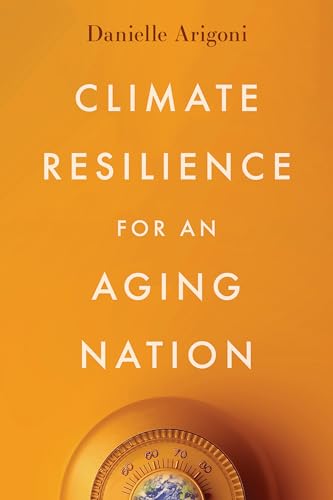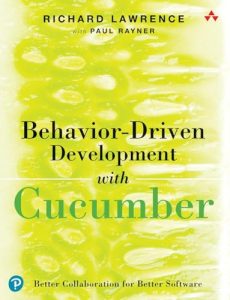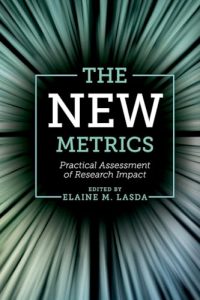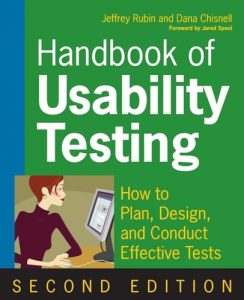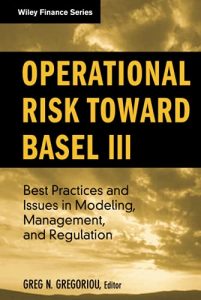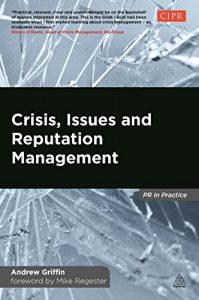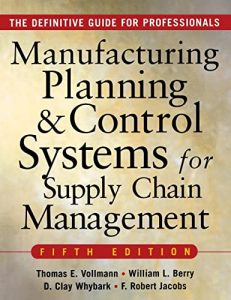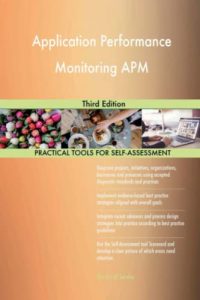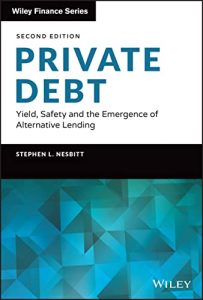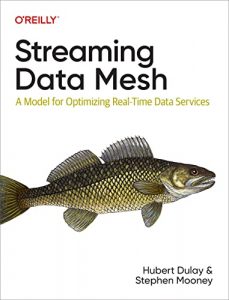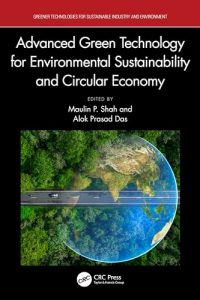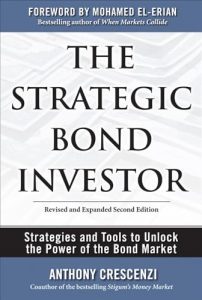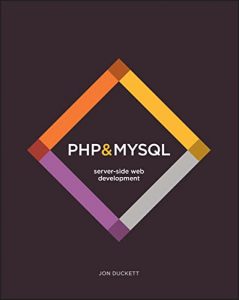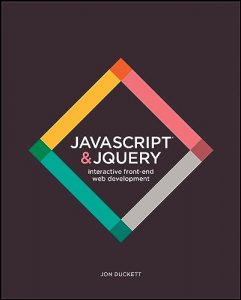Understanding Climate Resilience Planning
The topic of climate resilience is becoming increasingly pivotal as communities worldwide face escalating threats from climate change. Climate resilience planning involves preparing for and adapting to climate change impacts, ensuring that communities are robust enough to withstand environmental challenges while fostering sustainable growth. Comprehensive strategies are necessary to integrate ecological, economic, and social perspectives, creating a strong foundation for our future generations.
In this blog post, we will explore a curated selection of enlightening books that provide invaluable insights into climate resilience planning. Whether you’re a city planner, an environmental advocate, or an interested citizen, these resources will equip you with the knowledge needed to actively participate in shaping resilient communities. Let’s embark on this journey towards sustainability and explore transformative ideas that push the boundaries of traditional planning.
Featured Books on Climate Resilience
1. Climate Resilience for an Aging Nation
This essential read addresses the urgent need for resilience strategies focused specifically on aging populations. “Climate Resilience for an Aging Nation” delves into the unique challenges faced by older adults in the context of climate change and emphasizes the importance of inclusive, age-aware planning. By integrating assessments of vulnerability with frameworks for resilience, the authors outline actionable steps that communities can take to safeguard their elderly populations against climate risks. A must-have for policymakers and community leaders, this book serves as a profound guide to ensuring our senior citizens can thrive in an unpredictable climate.
2. Climate Action Planning: A Guide to Creating Low-Carbon, Resilient Communities
This comprehensive guide focuses on practical solutions for reducing carbon emissions while enhancing community resilience. “Climate Action Planning” emphasizes collaborative strategies that engage various stakeholders, including local governments, businesses, and citizens, to create actionable plans for sustainable futures. The insights provided within this volume are not just theoretical; they are grounded in real-world case studies, making it a relevant addition to any urban planner’s library. Get ready to transform your community with this insightful approach to climate action!
3. The Equitably Resilient City: Solidarities and Struggles in the Face of Climate Crisis
In “The Equitably Resilient City,” the authors explore how issues of equity are interwoven with climate resilience. This book not only addresses urban planning but does so through the lens of social justice, highlighting the need for policies that support marginalized communities. By examining various case studies, this book aids planners in recognizing the interplay of social dynamics and climate vulnerabilities, ensuring that all voices are heard in the planning process. An enlightening read for those interested in just sustainability!
4. Resilient City: Landscape Architecture for Climate Change
This book connects landscape architecture with climate resilience, demonstrating how thoughtful design can mitigate the impacts of climate change. “Resilient City” offers innovative strategies and visual examples that inspire planners and designers to embrace nature in urban settings. This book is a treasure trove for those looking to utilize green infrastructure and landscape architecture creatively and effectively, ensuring our cities can absorb shocks and adapt to long-term climate challenges.
5. Planning for Climate Change: A Reader in Green Infrastructure and Sustainable Design for Resilient Cities
This compilation of essays brings together experts in green infrastructure, climate adaptation, and sustainable design. “Planning for Climate Change” equips readers with knowledge and tools necessary to design resilient urban landscapes. The interdisciplinary approach covers topics ranging from policy considerations to practical implementation, providing a holistic view of climate adaptation strategies. A perfect resource for both newcomers and veterans in the field of urban planning!
6. Form and Flow: The Spatial Politics of Urban Resilience and Climate Justice
This compelling text examines the intersections of urban resilience and spatial politics. “Form and Flow” advocates for a nuanced understanding of climate justice, suggesting frameworks that planners can adopt to create equitable urban environments. From the critique of current practices to innovative alternatives, this book stimulates critical discussions that every planner should engage in to cultivate more just and resilient cities.
7. Design for Flooding: Architecture, Landscape, and Urban Design for Resilience to Climate Change
An essential guide for architects and urban designers, “Design for Flooding” tackles how to rethink design in the face of increasing flooding risks. This robust resource encourages creativity and innovation while rooted in practical solutions, allowing communities to enhance their resilience and adapt their infrastructures. This book should be on the shelf of every practitioner who aims to create safer urban environments amidst changing climate patterns.
8. Miami in the Anthropocene: Rising Seas and Urban Resilience
Focusing on one of the most vulnerable cities to climate change, “Miami in the Anthropocene” meticulously examines rising sea levels and their implications for urban resilience. The book presents both the challenges Miami faces and the innovative responses being forged by local activists and policymakers. This volume is crucial for understanding how coastal cities can confront and adapt to climate realities, making it essential for urban planners and environmentalists.
9. Climate Resilience in Communities: Planning and adaptation strategies for local climate change impacts
This practical resource approaches climate resilience from a grassroots perspective. “Climate Resilience in Communities” discusses local adaptation strategies that urban planners and community leaders can implement to face climate challenges. With actionable insights and community-based solutions, this book empowers readers to take tangible steps toward a resilient future.
10. Climate Change and Disaster Resilience: Challenges, Actions and Innovations in Urban Planning
This enlightening book presents various challenges and innovations related to urban planning in the face of climate change. “Climate Change and Disaster Resilience” offers valuable lessons from urban planners actively addressing climate impacts and adapting city designs accordingly. This well-rounded resource is ideal for professionals and students alike, looking to understand the dynamics of climate resilience in urban settings.

